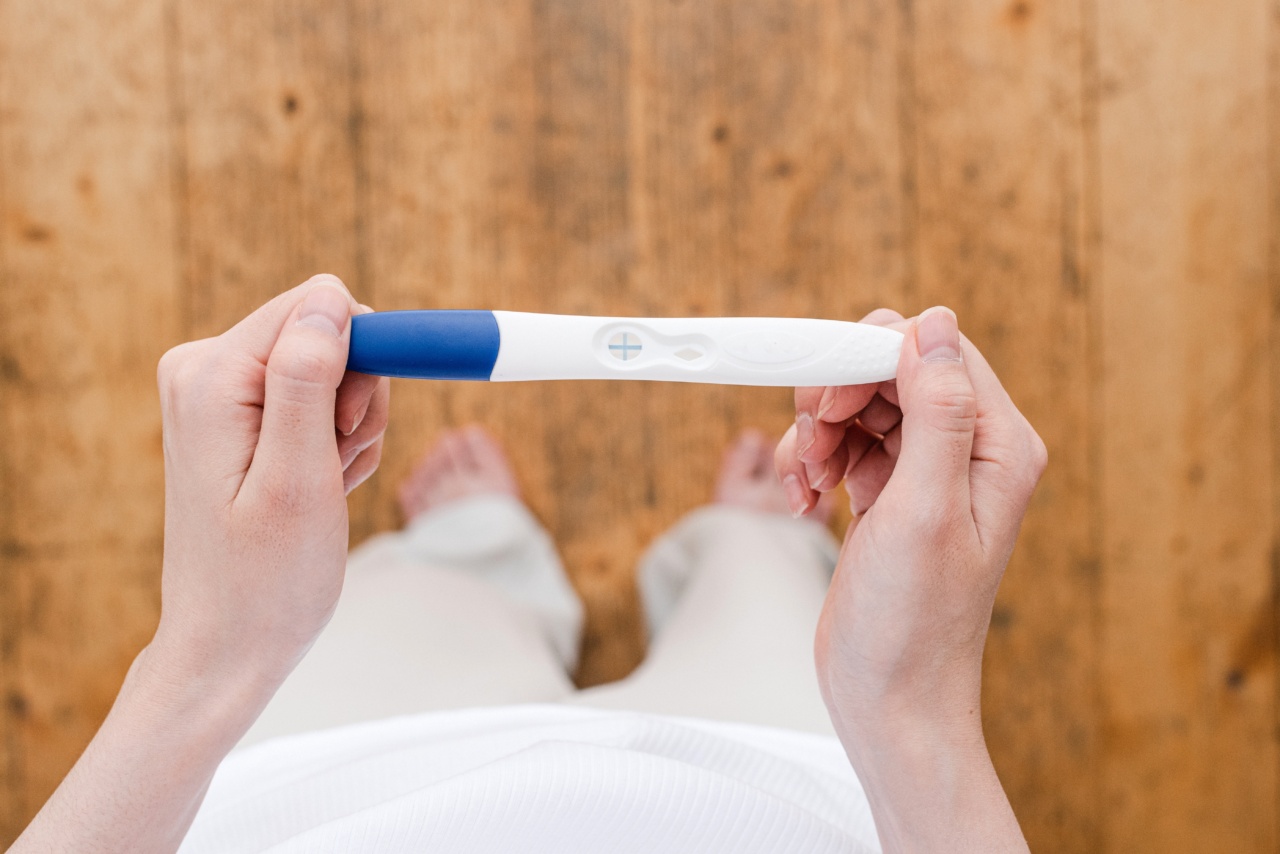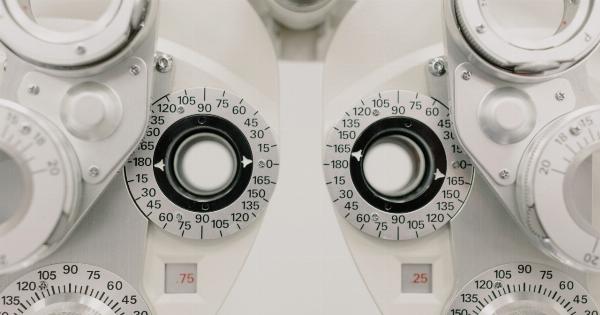Home pregnancy tests have become a popular tool for women to determine if they are expecting a baby. These tests provide a quick and convenient way to find out if there is a bun in the oven.
But have you ever wondered how these tests actually work? In this article, we will dive into the science behind home pregnancy tests and explore the mechanisms that make them so accurate and reliable.
The Principle
The principle behind home pregnancy tests is based on the detection of a hormone called human chorionic gonadotropin (hCG) in a woman’s urine. When a woman becomes pregnant, her body starts producing hCG shortly after implantation occurs.
This hormone is responsible for ensuring the continued production of progesterone, which is essential for maintaining a healthy pregnancy.
The Test Format
The majority of home pregnancy tests available on the market today are designed with a similar format. They typically consist of a plastic stick with an absorbent tip and a window displaying the results.
Inside the absorbent tip, there are chemical components that react with hCG if present in the urine. These components usually consist of antibodies that are highly specific to hCG.
When a woman urinates on the absorbent tip, any hCG present in the urine will bind to these antibodies.
The Reaction
Once the hCG in the urine has bound to the antibodies, a chemical reaction begins to take place. This reaction typically involves a colored dye or another indicator substance that changes color when hCG is detected.
The dye may already be present in the absorbent tip or it may be released from a separate compartment within the test stick.
If hCG is present in the urine, the dye will change color, indicating a positive result. If hCG is not present, the dye will remain unchanged, indicating a negative result.
Timing Matters
It is important to note that the accuracy of a home pregnancy test depends on the timing of the test.
While some tests claim to provide accurate results as early as a few days before a missed period, it is generally recommended to wait until after a missed period to take a home pregnancy test.
Testing too early can result in a false negative, as hCG levels may not be high enough to be detected by the test. Waiting until after a missed period allows the hCG levels to rise sufficiently for a more accurate result.
The Role of Sensitivity
Home pregnancy tests have varying levels of sensitivity when it comes to detecting hCG. The sensitivity of a test refers to the amount of hCG it can detect.
Tests with higher sensitivity can detect smaller amounts of hCG, which means they can provide positive results earlier in pregnancy.
The sensitivity level of a home pregnancy test is usually indicated on the packaging or in the instructions. Understanding the sensitivity level can help determine when the test is most likely to provide accurate results.
Interpreting the Results
Interpreting the results of a home pregnancy test is often straightforward. In most tests, a positive result is indicated by a colored line or a symbol in the result window.
A negative result is usually indicated by the absence of a colored line or symbol.
However, it is important to read the instructions provided with the test to understand the specific symbols and indications used.
Some tests may have additional features, such as a digital display that clearly states “pregnant” or “not pregnant.”.
Factors that Can Affect Results
While home pregnancy tests are generally accurate when used correctly, there are certain factors that can affect the results. These include:.
- Timing: As mentioned earlier, testing too early can result in a false negative. Waiting until after a missed period increases the accuracy of the test.
- Readability: It’s important to read the results within the specified timeframe mentioned in the instructions. Reading the results too early or too late may lead to inaccurate interpretations.
- Expired or faulty tests: Using an expired or faulty test can affect the accuracy of the results. Always check the expiration date before using a home pregnancy test.
- Medications: Certain medications containing hCG or other substances can interfere with the results of a home pregnancy test. It’s always a good idea to consult with a healthcare professional if you are unsure about the medications you are taking.
Advantages and Limitations
Home pregnancy tests offer numerous advantages, including convenience, privacy, and affordability. They provide instant results in the comfort of one’s own home, eliminating the need to visit a healthcare professional for a pregnancy test.
However, it is important to note that home pregnancy tests have certain limitations. They cannot determine the viability of a pregnancy or provide precise information about the gestational age.
If a positive result is obtained, it is crucial to consult with a healthcare professional for further confirmation and guidance.
The Evolution of Pregnancy Tests
Home pregnancy tests have come a long way since their introduction. Earlier versions involved mixing urine with various chemicals and observing changes in color or texture. These tests were more difficult to interpret and were often less reliable.
Advancements in technology have led to the development of more accurate and user-friendly home pregnancy tests. Today, there are even digital tests available that display clear “pregnant” or “not pregnant” results.
The Final Word
Home pregnancy tests offer a convenient and reliable way for women to determine if they are pregnant. The detection of hCG in a woman’s urine plays a crucial role in these tests, and the results can be interpreted quickly and easily.
However, it is important to remember that no pregnancy test is 100% foolproof. If you have any doubts or concerns, it is always best to consult with a healthcare professional for further evaluation and advice.



























